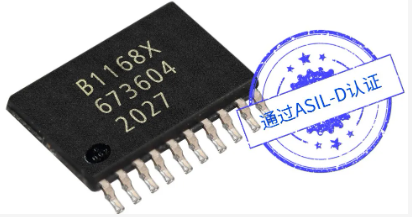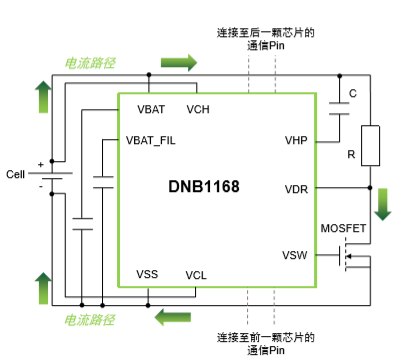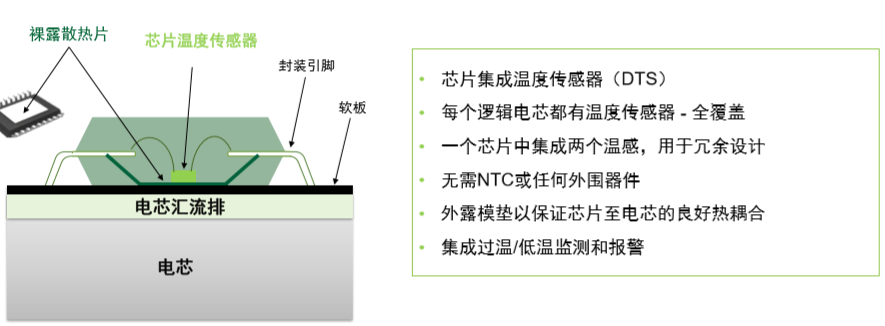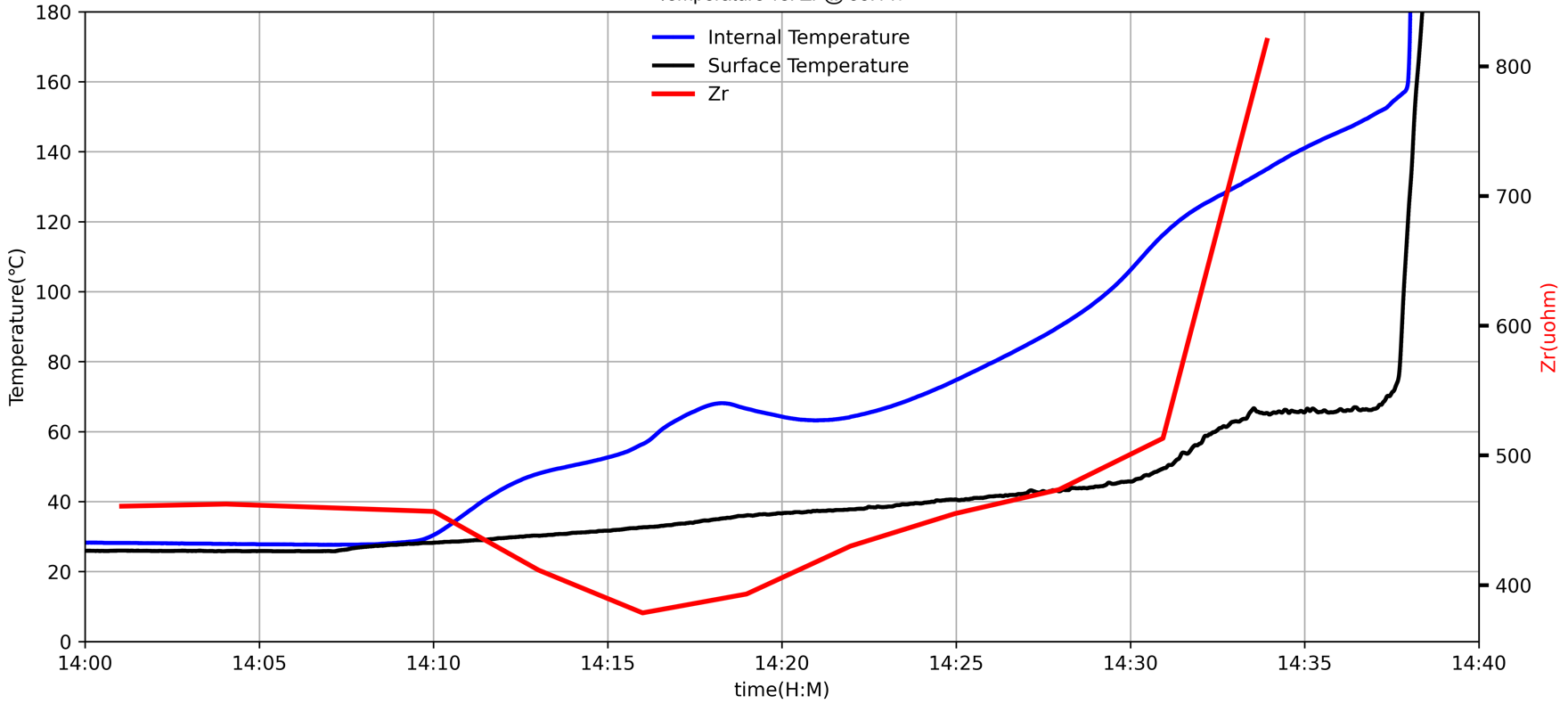On February 23, 2024, a fire broke out in Building 6 of Mingshang Xiyuan in Yuhuatai District, Nanjing, resulting in 15
deaths. Preliminary analysis shows that the fire was caused by a fire in the electric bicycle parking area on the ground
floor of Building 6.
On February 25th, an electric vehicle caught fire in Fengtai District of Beijing and Songjiang District of Shanghai respectively
Electric scooters using lithium batteries are prone to explosions if the battery loses thermal control during charging,
parking, or even riding, emitting flames like a spray gun.
Frequent fire incidents have raised public concerns about the safety of lithium-ion batteries used in electric bicycles.
According to statistics, there were a total of 21000 reported electric bicycle fires nationwide in 2023. While charging at
home all night may save time and worry, overcharging is one of the reasons for the spontaneous combustion of electric
bicycles The open flames and toxic gases generated by the spontaneous combustion of lithium batteries are enough to suffocate
and kill a person within 100 seconds, while water, sand, or fire extinguishers cannot prevent combustion or explosion.
Once a self ignition occurs in an electric scooter, the fire is fast, toxic gases are present, and cannot be extinguished,
making it extremely difficult to escape.
01 Why do electric vehicles need lithium batteries?
The power batteries commonly used in electric vehicles can be divided into two categories: lithium batteries and
lead-acid batteries. Lithium batteries have become the preferred power source for electric vehicles due to their
high energy density, light weight, and environmental friendliness.
According to statistics from the China Electronics Standardization Association (CESA), lithium batteries accounted
for 97.1% of the newly installed electrochemical energy storage capacity in China in 2020, giving them a certain
advantage in the market.
02 How did the battery explode
The main factors causing lithium battery explosions are overcharging and short circuits.
Overcharging mainly occurs during the charging process of lithium batteries. Due to the resistance of the battery,
a large amount of heat is accumulated during the charging process. When the overcharge time is too long and
the voltage remains too high, dendrite short circuits are prone to occur inside lithium-ion batteries, causing the
temperature and pressure of the battery to continuously rise, thereby posing a risk of explosion and fire.
Short circuits mainly occur during the use of lithium batteries. If the battery temperature is too high due to external
factors, it can easily cause damage to the battery separator, leading to a short circuit and excessive accumulation
of internal heat, triggering a chain reaction and causing the battery to explode and burn.
In addition, mixing charging equipment for different brands of electric vehicles can also cause damage to the battery.
Regarding the current lithium batteries for electric vehicles
Fire caused by overcharging and short circuit
Currently, most of the suggestions on the market
Outdoor storage and charging of electric vehicles
And measures for outdoor storage
It cannot fundamentally avoid thermal runaway
DNB1168 chip from Datang NXP
Provided solutions from different perspectives
Can provide advance warning
Even avoiding thermal runaway
03
DNB1168

DNB1168 has passed the highest functional safety level ASIL-D certification in the automotive
industry. Based on strong technical support, DNB1168 can provide in-depth information on the
internal status of batteries for battery management systems, bringing ultimate battery safety,
performance, and value, and providing a solid and powerful protective umbrella for batteries.
In the recent frequent electric bicycle fires, the root cause of battery thermal runaway is a series of
complex and interrelated "chain side reactions" inside the battery. From local short circuits to
large-scale short circuits, the internal temperature of the battery rapidly increases, reaching over 800 ℃,
causing the battery to ignite and explode. Therefore, we must have a deep understanding of the thermal
runaway evolution mechanism of lithium-ion batteries and propose early warning strategies to prevent
explosion accidents from occurring.
For the prediction and warning of thermal runaway, the DNB1168 chip from Datang NXP has the following
functions to safeguard the safety of lithium batteries.
1
Ultra high precision voltage detection

DNB1168 can provide voltage detection.
The acquisition error, sampling period, and other performance indicators of the DNB1168 chip far
exceed the requirements of the new national standard. Especially the voltage acquisition accuracy
can reach ± 0.002V. It can accurately provide feedback on the current voltage status of the battery.
And it integrates two independent ADCs internally, with redundant design, and also has integrated
overvoltage/undervoltage alarm function.
2
100% coverage of battery cell temperature detection

DNB1168 can provide temperature detection for battery cells.
The temperature sensor integrated inside the chip can be used to detect the surface temperature of
the battery,And each battery cell has a temperature sensor, achieving full coverage.
3
AC impedance spectroscopy monitoring
Battery cell online electrochemical AC impedance monitoring (supported by DNB1101/1168)
Can provide electrochemical impedance monitoring with a wide frequency range
Supports thousands of frequency points to choose from within the frequency range of 7.5mHZ to 7.8kHz
Data update rate every 1.05 seconds (frequency>1HZ)
Can work in any vehicle operating state and support the development of multiple advanced application systems
In reality, thermal runaway occurs very quickly and can cause devastating damage in a short period of time.
Therefore, it is necessary to give early warning of the arrival of thermal runaway in order to win enough time for people to escape after the accident occurs. In addition, preventing the occurrence of thermal runaway in advance and nip it in the bud is also the top priority we need to pay attention to. And the EIS of DNB1168 from Datang NXP has made significant contributions to thermal runaway!
01
Internal and external temperature change chart

Due to the strong correlation between the AC internal resistance and temperature of the battery, the current AC internal resistance of the battery can quickly estimate the true temperature inside the battery. Can be effectively used for fast charging, thermal runaway warning and other applications
02
AC impedance variation diagram

△
Trend chart of surface temperature, internal temperature, and AC impedance changes of the battery
cell during the thermal runaway test process
From the figure, it can be seen that the external temperature of the battery cell changes slowly,
while the internal temperature changes more significantly. Estimating the internal temperature of the
battery cell through internal resistance can quickly determine whether there is a trend of thermal
runaway, and can achieve advanced warning to avoid thermal runaway.
Through changes in the impedance curve itself, it was found that when the surface temperature of
the battery cell is still within the normal operating temperature range of 20-30 degrees, the impedance
has rapidly decreased due to rapid internal temperature rise. When the internal temperature rises to
a certain degree, some side reactions occur inside, and the impedance rapidly increases again, which
can also predict thermal runaway warning earlier and more accurately
03
The mandatory national standard "Safety Technical Specification for Lithium ion Batteries for
Electric Bicycles" drafted by the Ministry of Industry and Information Technology has completed the
drafting and soliciting opinions stage and is currently in the review stage.
The mandatory national standard plan is about to be released, which means that the regulation of
lithium batteries for electric bicycles will be further tightened.
After the standard is released, according to the provisions of China's Standardization Law, products
and services that do not comply with mandatory standards shall not be produced, sold, imported or
provided.
With the introduction of mandatory national standards, the standards for lithium battery production
enterprises have become increasingly stringent, regulating the use of electric vehicles to prevent
tragedies from happening again. The rectification of lithium batteries and the warning of thermal run
away should also be put on the agenda, and safety cannot be taken lightly!
contact us
If you want to learn about the chips of Datang NXP, you can contact us in the following two ways:
1. Leave your contact information on the WeChat official account.
2. Send an email to: info@datangnxp.com .